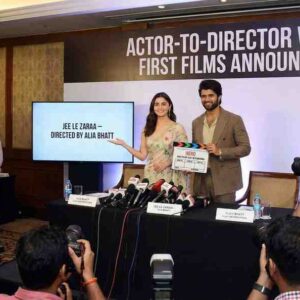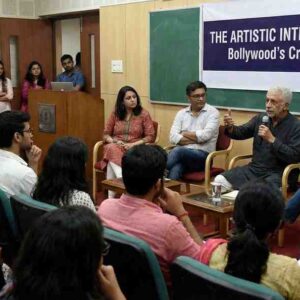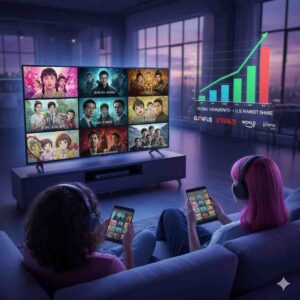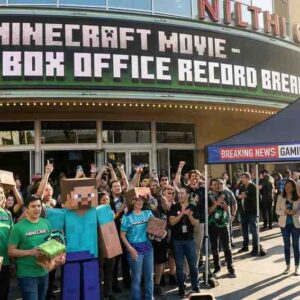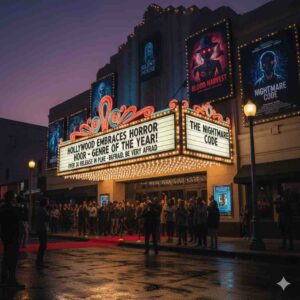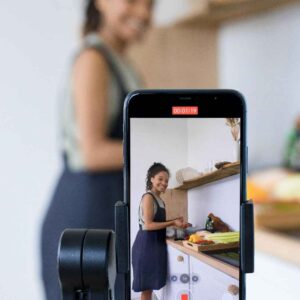Are Films Becoming Giant Adverts?
Mumbai – 2025
When a character pauses mid-chase to sip from a branded energy drink, or zooms past a billboard promoting a real-world telecom app, it’s no longer just cinema—it’scinema as commerce.
In today’s Bollywood,brand integration is not just a side deal—it’s part of the screenplay.
From cars and smartphones to clothing lines and fintech apps, films are increasinglytailored around promotional tie-ins, raising the question:Is Bollywood storytelling being compromised by strategic product placements?
The Rise of the Co-Branded Blockbuster
Gone are the days when brands simply advertised “in association with” a film. Now, they:
- Influence plot settings (luxury hotels, specific cafes, showrooms)
- Appear in dialogues (“Open the PayNow app!”)
- Feature prominently in costume styling, vehicles, digital devices
- Drive off-screen promotions, including social media contests, AR filters, influencer challenges, and co-branded merchandise
Example:
- Jawan partnered with Pepsi, McDonald’s, and Mi India, integrating products into visuals and promotions.
- Rocky Aur Rani Ki Prem Kahani tied up with real estate, saree brands, and makeup lines, spawning entire Instagram campaigns.
Why Brands Are Pouring Into Bollywood
- Mass reach: Films still reach millions in a short window across platforms.
- Emotional connection: Associating with beloved stars creates stronger brand loyalty.
- Multi-channel amplification: Co-branded ads run on TV, digital, theatre, and billboards.
- ROI visibility: Analytics from OTT, music platforms, and influencer dashboards now track real-time conversions.
The Business Behind the Screenplay
- Top Bollywood films now recover 10–30% of their production cost via brand tie-ins
- Brand contracts are signed before shooting begins, sometimes influencing scene structure and location
- Film producers often appoint dedicated brand consultants to coordinate these deals
- Some studios now have in-house brand integration arms that pitch scripts to advertisers
In some cases,script edits are made to accommodate the partner’s visibility needs.
The Creative Fallout
While the economics are clear, thecreative impact is increasingly visible:
- Forced integration disrupts immersion (a hero whispering brand slogans during tension scenes)
- Audience fatigue with overt advertising—especially among OTT viewers
- Younger screenwriters complain of “brand-first briefs”, where storytelling becomes secondary to sales
In short: The line between character motivation and marketing strategy is growing dangerously thin.
Global Context: India’s Model Is Hyper-Branded
While Hollywood usessubtle product placement, Bollywood often usesdirect brand worship.
Examples from the West:
- Skyfall featured Omega watches and Heineken with minimal narrative interference
- Transformers used car brands as plot devices without breaking story flow
In India, however,the brand often becomes a character in itself.
The Road Ahead: Can There Be Balance?
Yes—but it requires:
- Early creative alignment between brands and writers—not post-shoot insertions
- Genre-aware integrations (avoid product drops in historical, thriller, or period films)
- Guidelines from industry bodies like FICCI or MIB on ethical boundaries
- Greater focus on native advertising in digital campaigns, not on-screen scripts
Final Word
Brand collaborations are not inherently harmful.
When done well, they offer films a lifeline in an uncertain box office landscape.
But when done thoughtlessly, they threaten to turncinema into a showroom—and viewers into reluctant buyers.
In a film, every scene should serve the story. Not the sales department.


